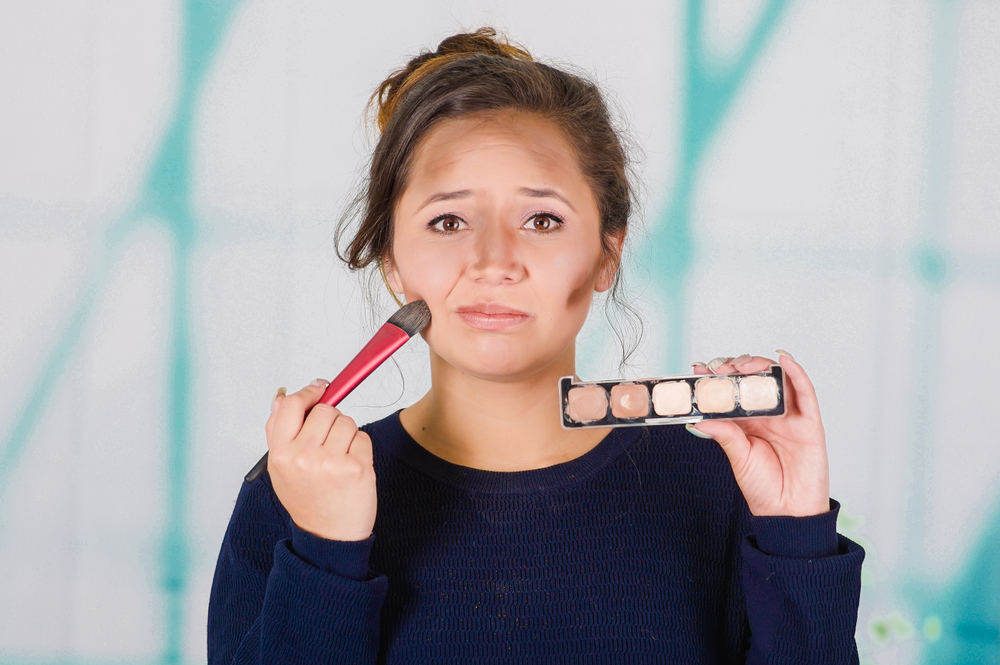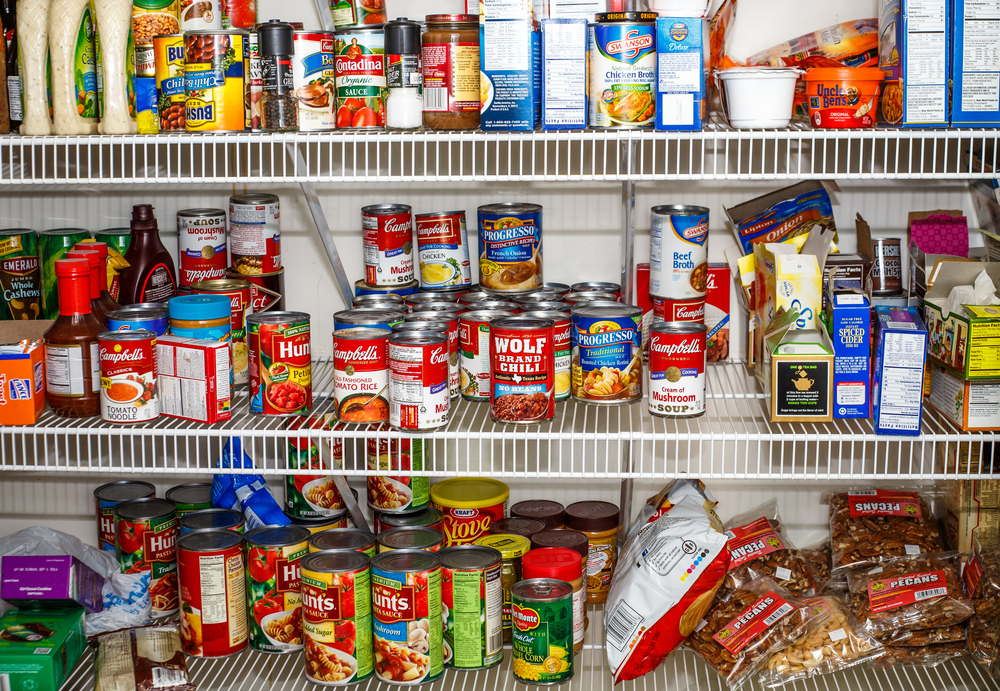Keeping a well-organized bathroom can make your daily routine much more efficient, but it’s crucial to ensure that you’re storing the right items in this often damp and warm environment. Some things simply don’t belong in the bathroom due to the risk of damage or contamination. While it may be tempting to stash all your essentials in one place, taking care to store certain items elsewhere will not only maintain their quality but also contribute to a healthier home. Here are 13 things you should never store in the bathroom, complete with expert advice to back up these guidelines.
1. Medications
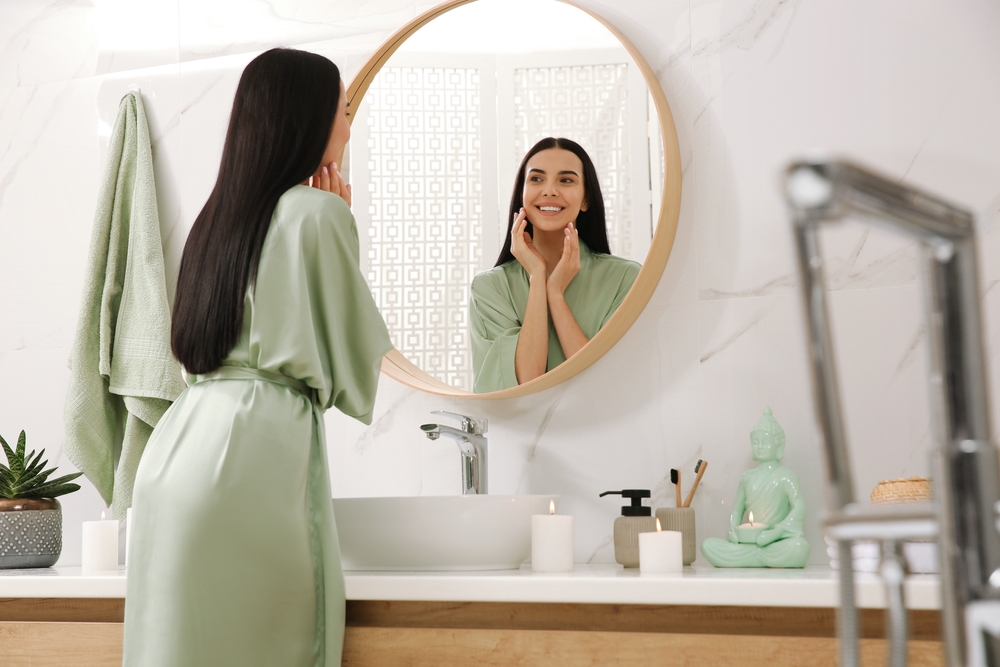
The bathroom’s humidity and temperature fluctuations can adversely affect medications, diminishing their potency or causing them to degrade faster than expected. Many people store their medications in the bathroom for convenience, but the moisture from hot showers can seep into the bottles and alter their effectiveness. According to Dr. Sarah Bennett, a pharmaceutical scientist, medications are best kept in a dry, cool place to maintain their efficacy. The kitchen or a bedroom cabinet can serve as a more reliable storage spot. Protecting your health should always come before convenience.
Moreover, the constant opening and closing of bathroom doors can expose medications to frequent light and air, further accelerating their breakdown. It’s a lesser-known fact that certain medications, like aspirin, can actually start to smell like vinegar when they’ve degraded, which is a clear sign they’re past their prime. If you’ve noticed strange scents or colors forming in your medication bottles, it’s time to relocate them immediately. Remember, the bathroom is no place for these critical health tools. Think of it as a matter of protecting your investment in both your health and your peace of mind.
2. Makeup
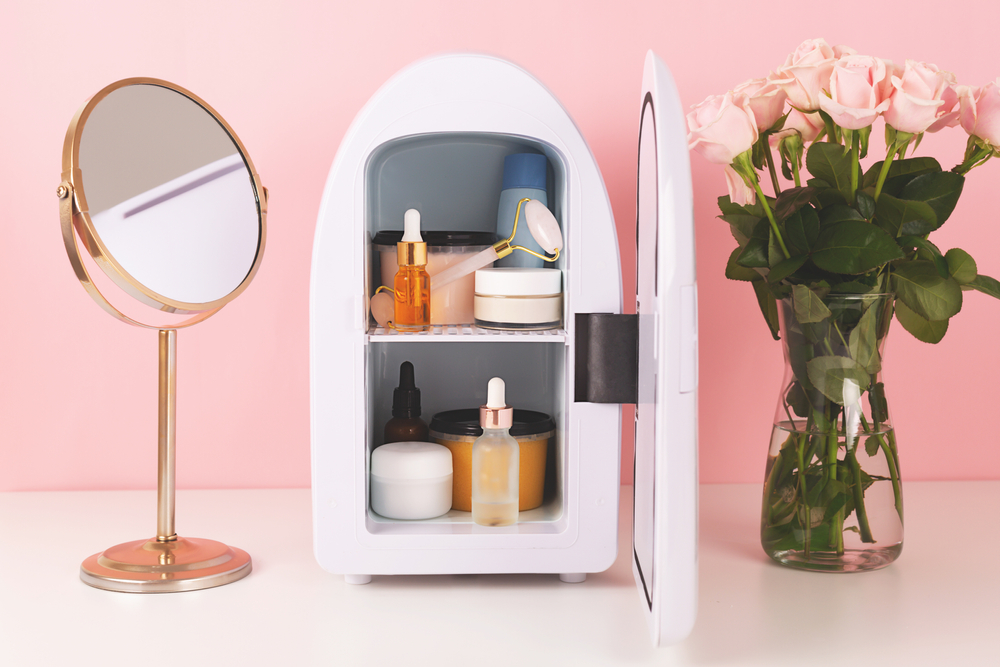
Storing makeup in the bathroom is an almost universal habit that needs rethinking. The bathroom’s high humidity levels are not kind to cosmetics, causing them to spoil faster and potentially harbor bacteria. Makeup products, particularly those in powder form, can absorb moisture, leading to a clumpy texture that makes application a challenge. You might find your foundation or blush appearing patchy, which is not the look you’re going for. Instead, consider keeping your beauty products in a bedroom vanity or another dry location.
Additionally, moisture in the bathroom facilitates bacterial growth, which can lead to skin irritations or breakouts when you use contaminated makeup. Think about it: you’ve just washed your face clean, only to apply bacteria-infested makeup. This is a cycle you definitely want to break. Be vigilant about checking expiration dates and be sure to replace makeup products regularly. Your skin will thank you for the extra care, and your wallet will appreciate the longer shelf life of your products.
3. Jewelry
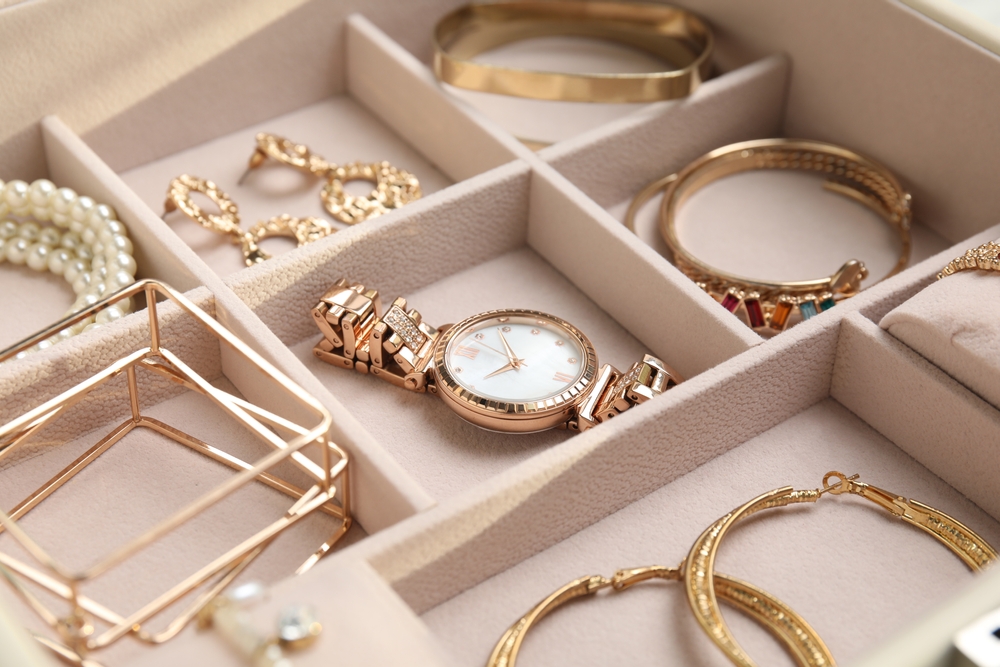
While it’s tempting to remove jewelry during a shower and leave it in the bathroom, this is a risky habit. Bathrooms are notorious for their humidity, which can tarnish metals and degrade certain types of stones. According to jewelry expert Jane Thompson, moisture is one of the most common culprits behind tarnished and discolored jewelry. Over time, even the highest quality pieces can lose their luster if exposed to the damp environment of a bathroom. A jewelry box or organizer in a dry, cool space is a far better choice for storing your precious items.
Moreover, accidental drops or spills are more likely in a bathroom setting, often leading to lost or damaged pieces. It’s easy for a small earring to fall down the sink or for a bracelet to slip off the counter into the toilet. These mishaps can cause irreparable damage or lead to costly replacements. Save yourself the heartache by keeping your valuables out of the bathroom. Not only will you maintain their beauty, but you’ll also avoid unnecessary stress and expense.
4. Perfume
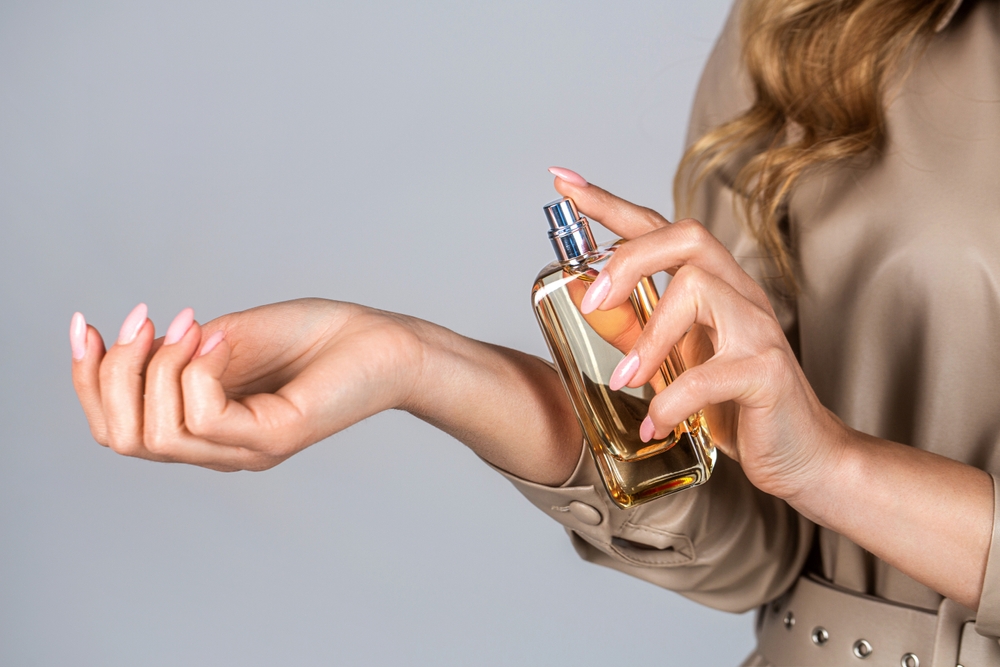
Perfumes are another common bathroom item that should be stored elsewhere. The bathroom’s fluctuating temperatures and high humidity can alter the composition of your favorite fragrances, causing them to lose their signature scents. When you consider the investment in a quality perfume, it makes sense to treat it with care. The ideal storage spot is a cool, dark place, away from heat and direct sunlight. A bedroom cabinet or closet is perfect for preserving the integrity of your fragrances.
Furthermore, light exposure in a bathroom, especially if you have clear glass bottles, can further degrade the essential oils in perfumes. This can lead to a loss of top notes, the initial scents you smell when you first apply the perfume. Over time, this means your once-beloved fragrance can start to smell off or completely different. Protect your olfactory investments by ensuring they are stored properly. After all, a signature scent should remain just as memorable as the day you first wore it.
5. Skincare Products
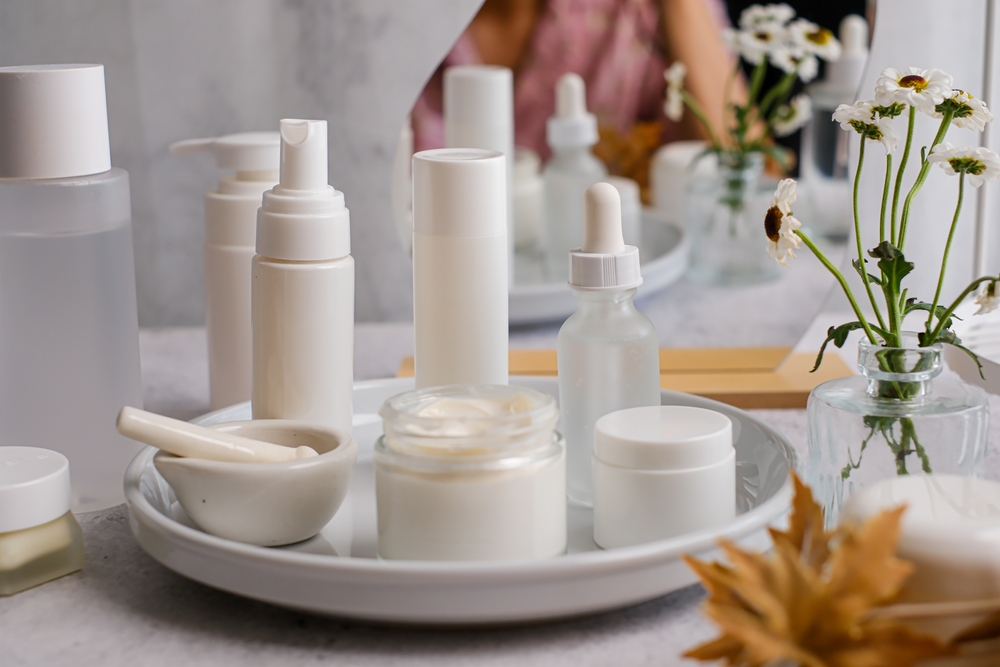
Skincare products are often stored in the bathroom for easy access, but this might be doing more harm than good. The constant humidity and variable temperatures can cause active ingredients in skincare products, like retinol or vitamin C, to break down more quickly. According to dermatologist Dr. Linda Collins, these products need a stable environment to maintain their effectiveness. A cool, dry place like a bedroom drawer is more suitable. Keeping your skincare products in optimal condition ensures they deliver the results you expect.
Additionally, the habit of opening and closing product containers in the bathroom allows moisture and bacteria to creep in, potentially contaminating your products. This not only affects their efficacy but can also introduce bacteria to your skin, leading to unwanted breakouts or irritations. You invest in skincare to improve your skin, not exacerbate problems. Be diligent about where you store these products to truly reap their benefits. Your skin will reflect the care you put into choosing the right storage solutions.
6. Razors

Razors are a staple in the bathroom, but storing them inside is not the best practice. The moisture in bathrooms accelerates the rusting process, compromising the razor’s sharpness and cleanliness. A dull razor can lead to nicks, cuts, or an uneven shave, which is far from ideal. If you want to extend the life of your razor, store it in a dry, well-ventilated area. Alternatively, consider using a razor holder that keeps it off damp surfaces.
Furthermore, leaving razors in a wet environment encourages bacterial growth, which can pose a risk of infection when shaving. It’s essential to let your razor dry completely between uses to mitigate this risk. How you store your razor can significantly impact its performance and lifespan. By taking a few extra steps to keep it dry, you’re not only ensuring a better shave but also protecting your skin from potential harm. A little effort in storage can go a long way in preserving your grooming tools.
7. Electronics
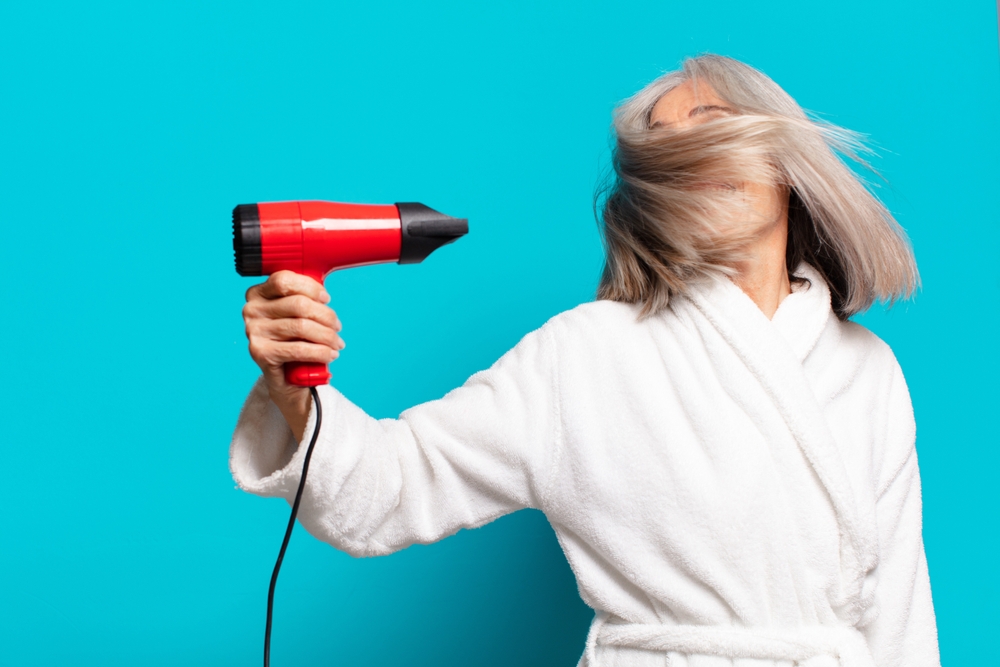
Keeping electronics like hairdryers, electric toothbrushes, or straighteners in the bathroom might seem logical, but it’s far from ideal. Moisture can seep into the internal components, potentially causing them to malfunction or even present a safety hazard. According to electrical engineer Mark Harris, bathrooms are one of the least suitable places for electronics due to their damp conditions. Instead, store these items in a dry area and only bring them into the bathroom when necessary. This practice not only extends their lifespan but also ensures your safety while using them.
Moreover, the buildup of moisture over time can lead to rusting of metal parts, further compromising the functionality of your electronics. Even when unplugged, these items are not immune to the corrosive effects of humidity. Imagine your hair straightener failing right before an important event because of corrosion—it’s a scenario best avoided. By choosing to store electronics in a dry space, you’re making a smart decision for both longevity and performance. After all, reliability is key when it comes to your electronic essentials.
8. Books and Magazines

Although reading material is a common sight in many bathrooms, the humid environment is detrimental to paper-based items. Moisture can warp pages, cause ink to bleed, and make books and magazines look worn out and tattered over time. The bathroom is simply not conducive to preserving the quality of your reading materials. Consider keeping them in a living room or bedroom, where they can be enjoyed in a more suitable atmosphere. The next time you want some reading material, you’ll find it in much better condition.
Additionally, bathroom storage can cause musty smells to cling to paper, making them unpleasant to read. The last thing you want is to introduce a moldy odor into your personal library. Maintaining your reading materials in a dry, stable environment ensures they remain a joy to read and share. You’ll appreciate the freshness and longevity of your books and magazines when you store them properly. Protect your literary investments by keeping them out of the damp, humid bathroom.
9. Toothbrushes
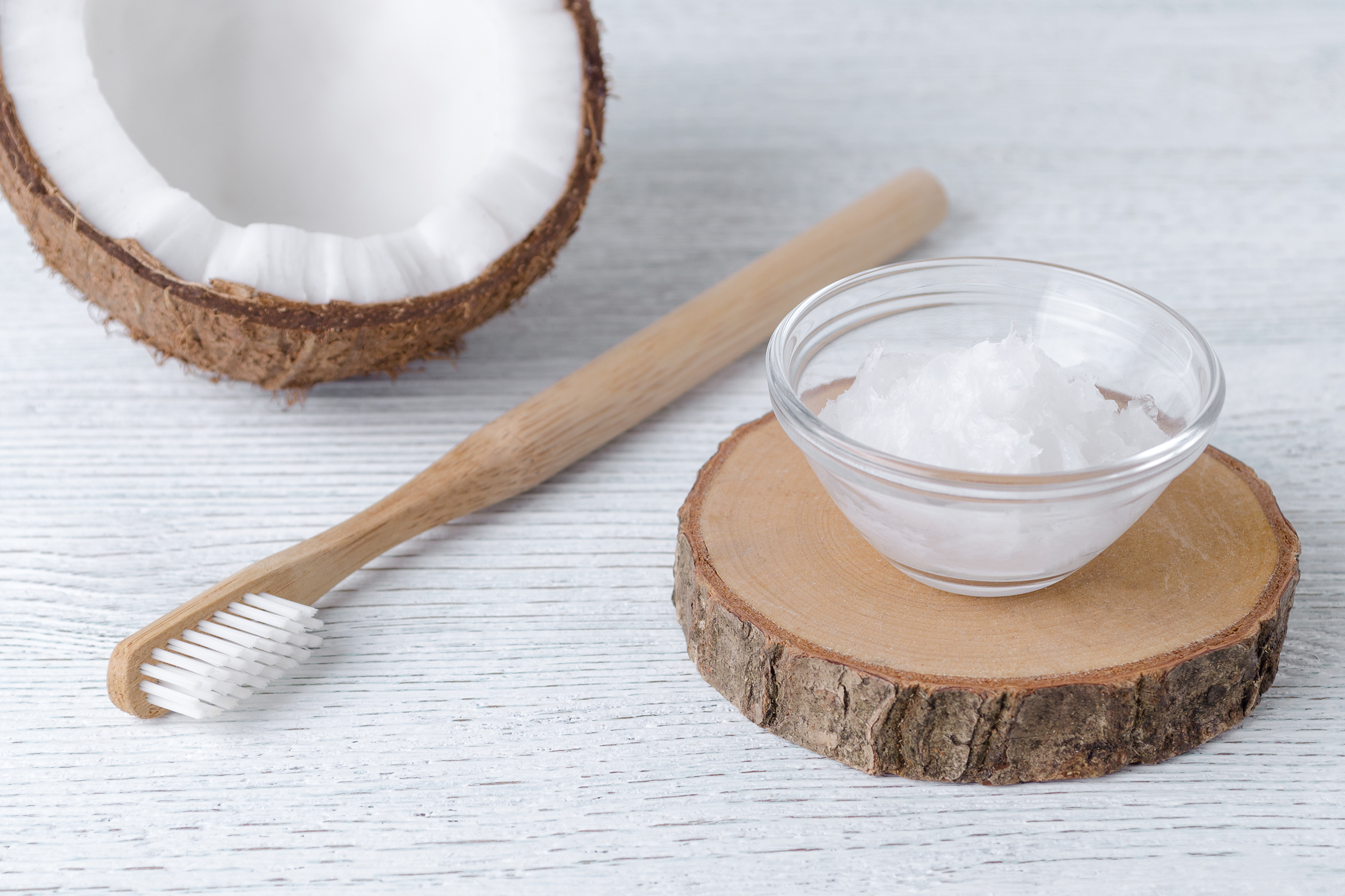
Toothbrushes are a quintessential bathroom item that needs careful storage considerations. While they need to be used in the bathroom, leaving them out in the open exposes them to airborne particles and bacteria, especially when toilets are flushed. The solution is simple: keep toothbrushes in a closed cabinet or use a cover to protect the bristles. This practice minimizes bacterial exposure and keeps your oral hygiene routine on point. After all, you don’t want your toothbrush collecting more than toothpaste and water.
Furthermore, toothbrushes should be stored upright and allowed to air-dry between uses to prevent mold and bacterial growth. When they remain damp, they become breeding grounds for unwanted germs. Regularly replacing your toothbrush, every three to four months, is also crucial for maintaining oral health. By taking these precautions, you ensure that your toothbrush remains a tool for cleanliness, not contamination. A vigilant approach to toothbrush storage is a small change with significant health benefits.
10. Towels
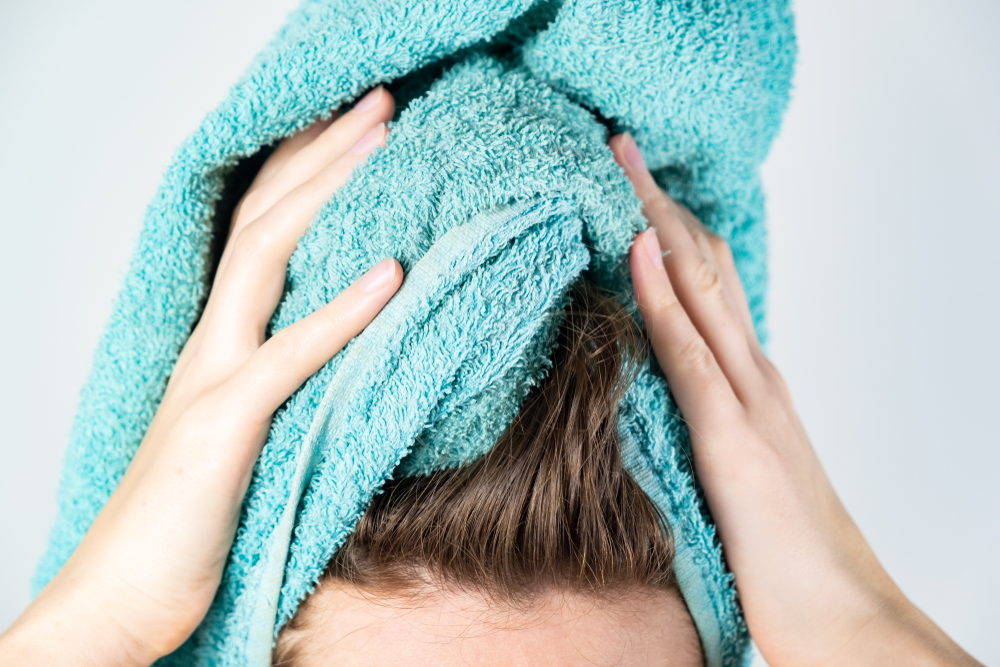
It’s common to store towels in the bathroom for easy access, but this habit can lead to musty odors and dampness. Bathrooms are not the best places for towels to air out, as the constant humidity prevents them from drying completely. Instead, consider hanging towels in a more ventilated area after use to ensure they dry thoroughly. Alternatively, a heated towel rack can help in reducing dampness while keeping them fluffy and fresh. Dry towels not only feel better but are also less likely to harbor bacteria or mold.
Moreover, storing clean towels in a closed cabinet within the bathroom can trap moisture, affecting even those that haven’t been used yet. This can lead to a stale smell and a less-than-pleasant experience when you finally use them. Keeping towels in a linen closet or another dry location extends their freshness and lifespan. You’ll appreciate the comfort of a truly clean towel after a shower. A small change in storage habits can lead to significantly better hygiene and comfort.
11. Nail Polish
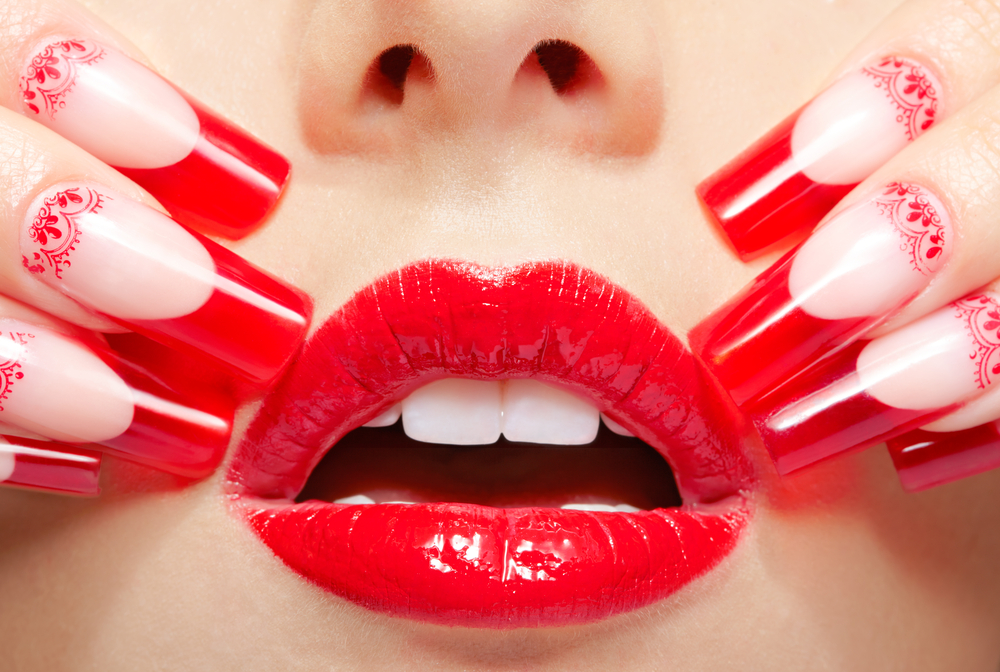
Nail polish can be sensitive to environmental conditions, making the bathroom a poor choice for storage. Temperature fluctuations and humidity can cause the polish to thicken or separate, affecting its application and longevity. You might notice your favorite shade becoming goopy or losing its vibrant color when stored improperly. A cool, dry spot like a bedroom drawer is ideal for maintaining your nail polish collection. This ensures that when you’re ready to use them, they’ll apply smoothly and beautifully.
Additionally, exposure to light and air in a bathroom setting can degrade the quality of nail polish over time. The constant opening and closing of bottles in a humid room can introduce moisture into the product, further impacting its performance. Protect your investment in your nail care by choosing the right storage environment. By keeping your nail polish in optimal conditions, you ensure that each application is as good as the first. Your at-home manicure experience will be all the better for it.
12. Toilet Paper
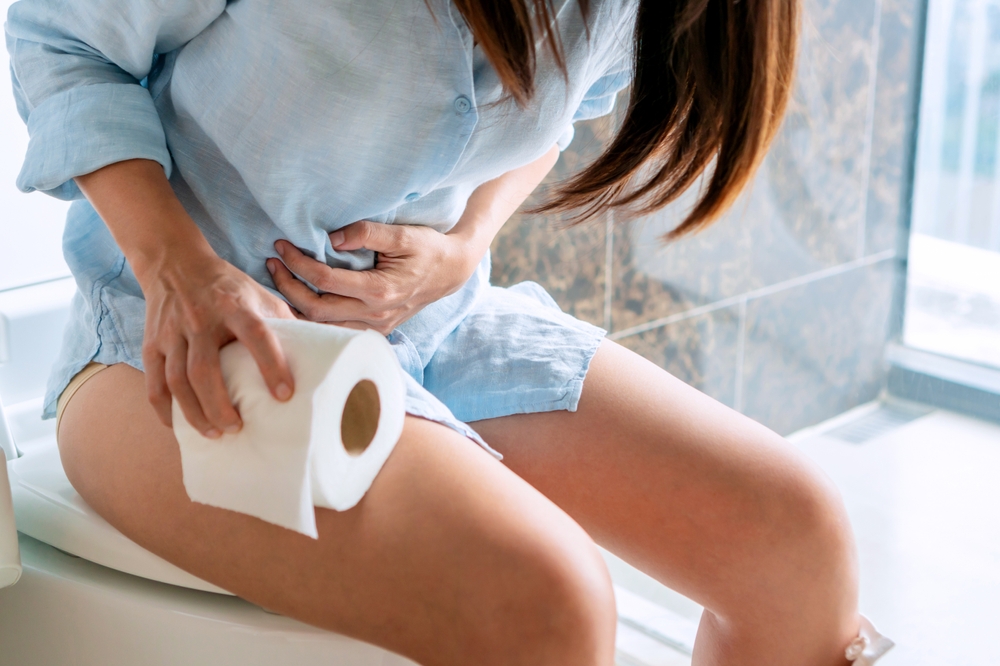
While toilet paper is undeniably a bathroom staple, storing it in the bathroom can lead to a soggy mess. Bathrooms are often humid, and this moisture can be absorbed by the toilet paper, making it less effective and more prone to tearing. It’s wise to keep extra rolls in a nearby closet or storage space, where they remain dry and ready for use. This practice not only ensures the toilet paper is in good condition but also prevents waste. You’ll appreciate the smooth experience of using well-preserved toilet paper compared to a damp disappointment.
Moreover, if toilet paper is stored in an open location within the bathroom, it’s susceptible to absorbing odors and airborne particles—a less-than-ideal situation for hygiene. A closed cabinet can mitigate this risk, but it’s often not enough to combat the pervasive moisture. Making a habit of storing toilet paper outside the bathroom can improve both its longevity and quality. The next time you reach for a roll, you’ll notice the difference. It’s a simple change that enhances your comfort and convenience.
13. Beauty Samples
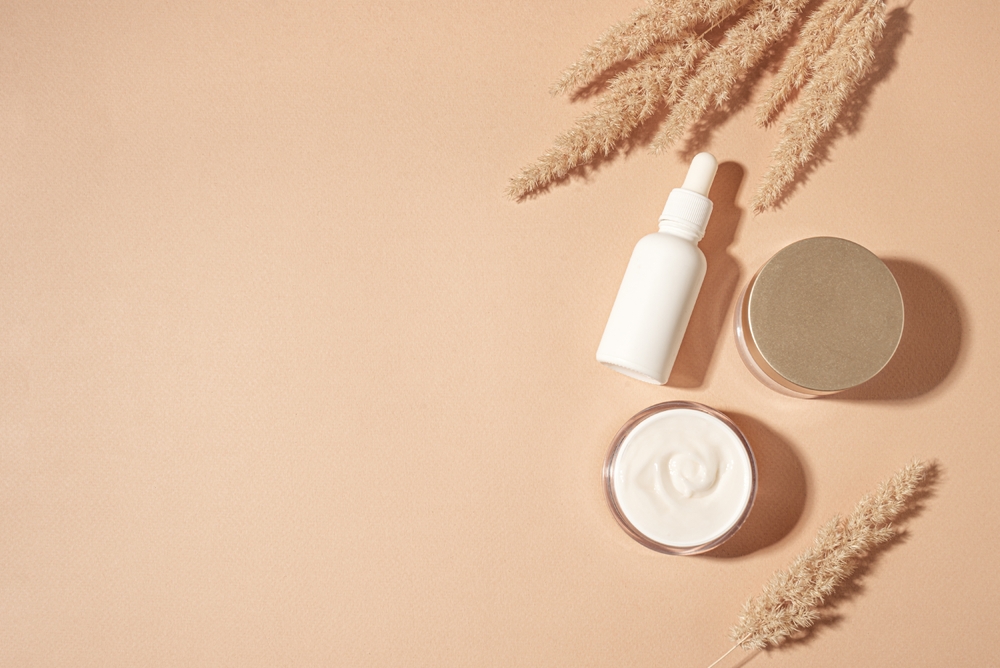
While it might seem convenient to store sample-sized skincare or beauty products in the bathroom for easy access, this can lead to their premature degradation. Small containers are particularly vulnerable to the bathroom’s moisture and temperature swings, which can affect the product’s stability and effectiveness. Keeping these samples in a cool, dry place ensures they remain effective when you’re ready to try them. A dedicated drawer or box outside the bathroom is a smart choice for storage. By safeguarding your samples, you’ll have the pleasure of experiencing them at their best.
Additionally, bathroom storage might encourage the habit of opening multiple samples at once, which increases the risk of contamination and reduces their shelf life. A more organized approach outside the bathroom allows for thoughtful selection and use, maximizing both enjoyment and product performance. You’ll find that a more strategic storage solution helps you make the most of your beauty and skincare investments. A little organization goes a long way in preserving the quality and excitement of trying something new.

